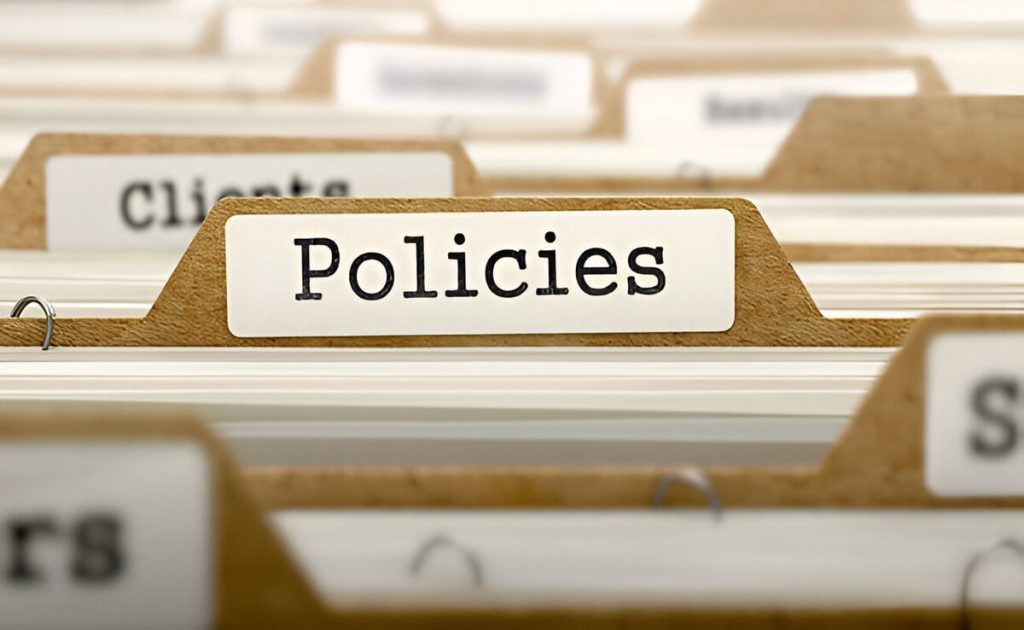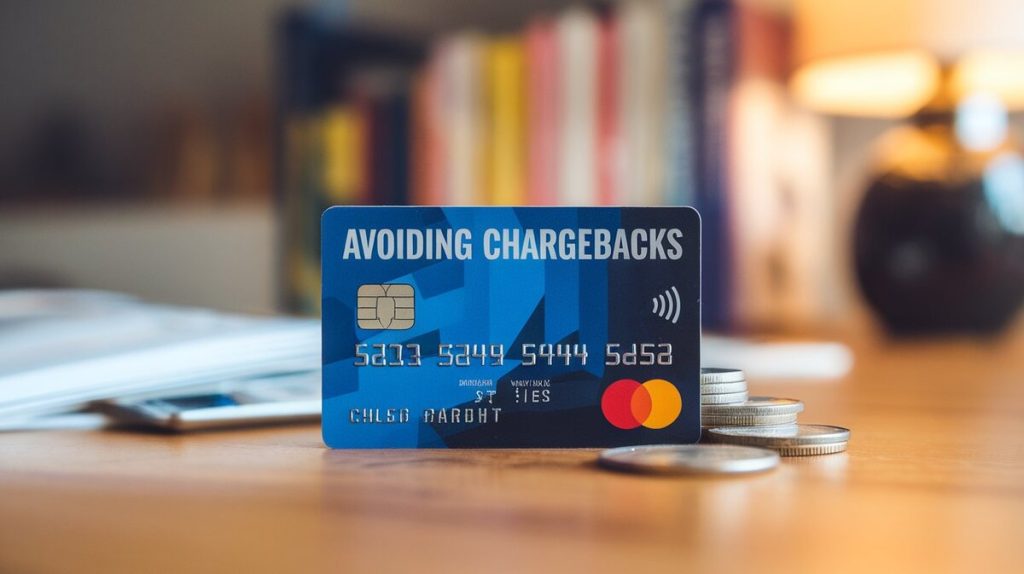Chargebacks present a significant challenge to businesses, particularly in eCommerce. According to Visa, chargebacks cost merchants $3.75 for every $1 in disputed transactions, factoring in fees, administrative costs, and lost sales. To minimize the risk, merchants need clear policies and a proactive approach in customer communication and fraud prevention. This guide provides actionable strategies and facts to help businesses reduce chargebacks.
1. Introduction
Chargebacks are disputes initiated by customers through their credit card issuer, which results in a reversal of funds. They were designed to protect consumers from fraud but have evolved into a broader issue for businesses, particularly due to the rise of “friendly fraud”—disputes filed by customers after legitimate purchases. According to Mastercard, 78% of chargebacks stem from misunderstandings or disputes that could have been avoided with clear communication.
2. Common Causes of Chargebacks
Understanding the primary causes of chargebacks is essential for prevention. The most common triggers include:
- Fraudulent Transactions
- Criminals use stolen card data for unauthorized purchases.
- “Friendly fraud” occurs when legitimate customers dispute charges to get goods for free.
- Product or Service Issues
- Claims of undelivered, damaged, or misrepresented goods lead to chargebacks.
- Confusing Billing Descriptors
- If the business name on a customer’s card statement is unclear, customers may file a dispute.
- Subscription Misunderstandings
- Customers often dispute recurring charges due to forgetfulness or misunderstanding the cancellation process.
Table 1: Top Causes of Chargebacks by Percentage
| Cause | Percentage of Chargebacks |
|---|---|
| Fraudulent Transactions | 49% |
| Product or Service Not Received | 26% |
| Customer Dispute/No Authorization | 15% |
| Subscription Issues | 10% |

3. Key Strategies to Prevent Chargebacks
Preventing chargebacks requires addressing their underlying causes. The following strategies are proven to reduce chargebacks significantly:
3.1 Clear Return/Refund Policies
Businesses must ensure that their return policies are simple and easy to find. According to Stripe, companies with prominently displayed return policies see 22% fewer chargebacks. Best practices include:
- Displaying return policies prominently during checkout.
- Outlining steps for returns and refunds.
- Defining a clear timeline for returns.
3.2 Accurate Product Descriptions
Accurate product descriptions prevent misunderstandings that lead to disputes. Ensure product descriptions and images are clear and representative of what customers will receive. Detailed product specifications, including dimensions, materials, and features, should be easily accessible.
Table 2: Chargeback Reduction by Implementing Best Practices
| Best Practice | Chargeback Reduction |
|---|---|
| Clear Return Policies | 22% |
| Accurate Product Descriptions | 18% |
| Customer Communication | 25% |
| Fraud Detection Tools | 30% |
3.3 Transparent Billing Descriptors
Customers often dispute charges they don’t recognize. Ensure your billing descriptor matches the name customers know your business by or include a recognizable URL. According to Visa, 15% of chargebacks result from unrecognized transactions.
3.4 Customer Communication
Proactively informing customers about order and delivery status can help prevent disputes. Mastercard guidelines recommend sending immediate order confirmations and shipping updates to avoid confusion and disputes. Providing tracking numbers and expected delivery dates also minimizes the chances of disputes.
4. Fraud Prevention
Fraud-related disputes make up nearly 50% of all chargebacks. Implementing effective fraud prevention tools is critical for avoiding these disputes. Technologies like Address Verification Systems (AVS), CVV checks, and multi-factor authentication can prevent up to 30% of fraud-related chargebacks, according to Checkout.com.
Merchanto.org, a partner of Visa and MasterCard in the chargeback prevention space, offers integrated fraud detection services that block suspicious transactions before they result in chargebacks. Merchants can leverage these tools to significantly reduce fraudulent chargebacks. For more information, visit Merchanto.org.
Best Fraud Prevention Tools:
- AVS and CVV Checks: Ensure card details match the cardholder’s billing address and CVV code to prevent unauthorized use.
- Multi-Factor Authentication: Add extra layers of security for customers during the checkout process.
- Fraud Detection Systems: Use advanced AI-driven fraud detection tools to identify potentially fraudulent transactions.
Table 3: Key Tools for Reducing Chargebacks
| Tool | Chargeback Prevention Rate |
|---|---|
| AVS & CVV Checks | 30% |
| Automated Chargeback Alerts | 20% |
| Multi-Factor Authentication | 25% |
| Fraud Detection Systems | 35% |

5. The Role of Customer Support
Responsive customer support helps prevent chargebacks. According to Braintree, businesses with strong customer support teams see a 25% reduction in disputes.
Best practices for customer support include:
- Offering multiple communication channels, such as phone, email, and live chat.
- Responding promptly to customer inquiries, especially for disputes or dissatisfaction with products.
- Proactively reaching out to customers post-purchase to confirm satisfaction and resolve potential issues.
Customer Support Checklist:
- Multiple Contact Channels: Provide options for phone, email, and live chat.
- Quick Response Times: Respond to customer inquiries within 24 hours.
- Post-Purchase Follow-Up: Reach out to customers after purchases to confirm satisfaction.
6. Advanced Tools for Chargeback Prevention
6.1 Fraud Detection Systems
Fraud detection systems are essential for preventing unauthorized transactions. Visa reports that 30% of fraud-related chargebacks can be prevented by implementing basic tools like AVS and CVV checks.
6.2 Chargeback Alerts
Many payment processors, such as Stripe and Braintree, offer automated chargeback alerts. These notify merchants when a chargeback is initiated, allowing the business to resolve the issue before it escalates.
7. Conclusion
Chargebacks are a costly challenge, but clear policies, fraud prevention tools, and proactive communication can reduce them significantly. Following the best practices outlined here can help businesses minimize chargebacks, protect revenue, and maintain strong relationships with customers.
By adopting these strategies, merchants can avoid the financial and operational impact of chargebacks and build a more secure and customer-friendly business environment.
Key Takeaways:
- Chargebacks are often preventable through clear return policies, fraud prevention tools, and customer communication.
- Fraudulent transactions account for 49% of chargebacks, but 30% of these can be avoided with tools like AVS and CVV checks.
- Merchants who invest in customer service see a 25% reduction in disputes.



